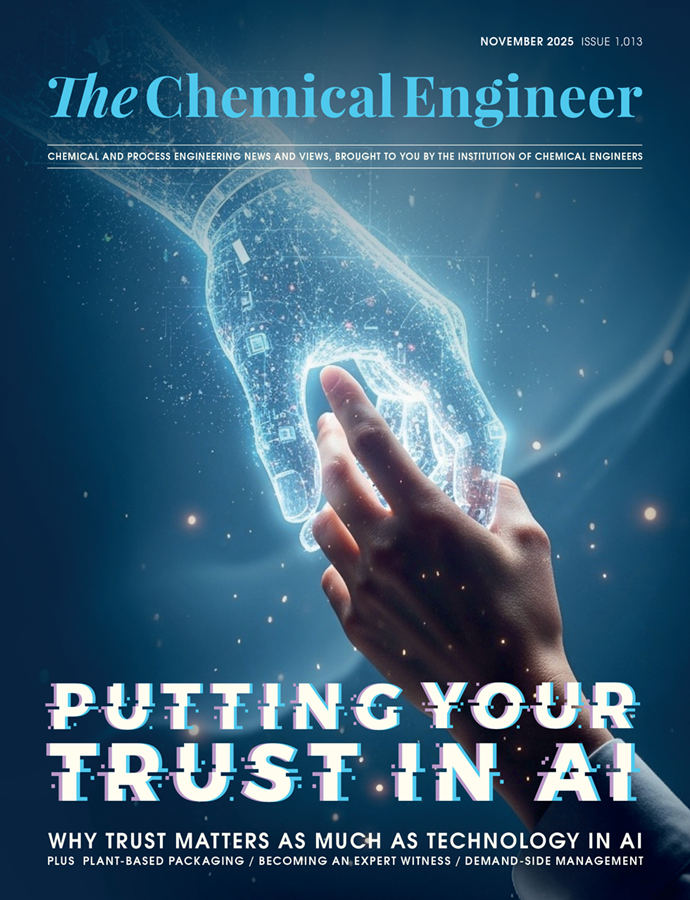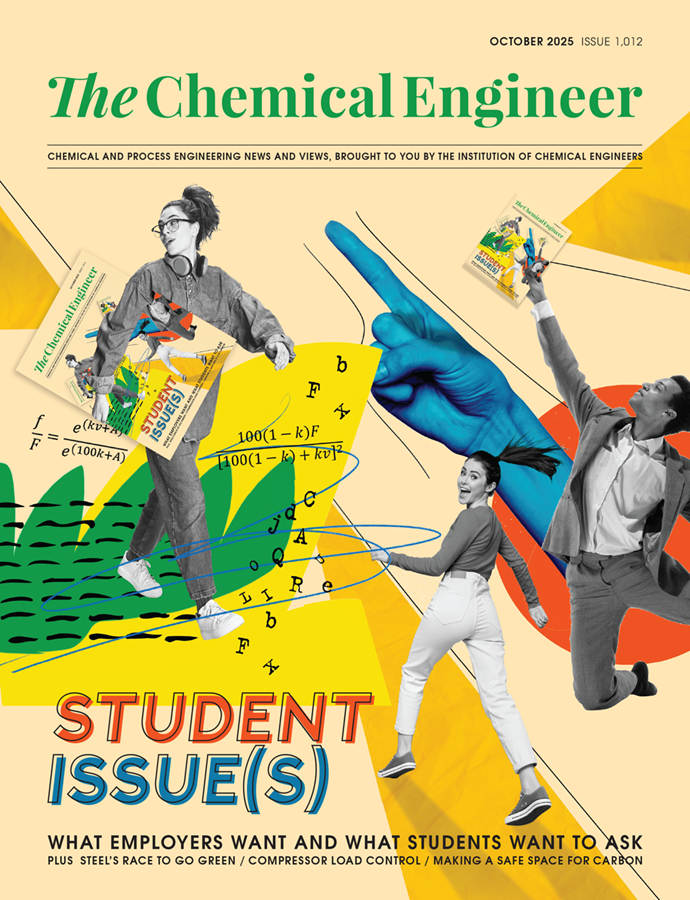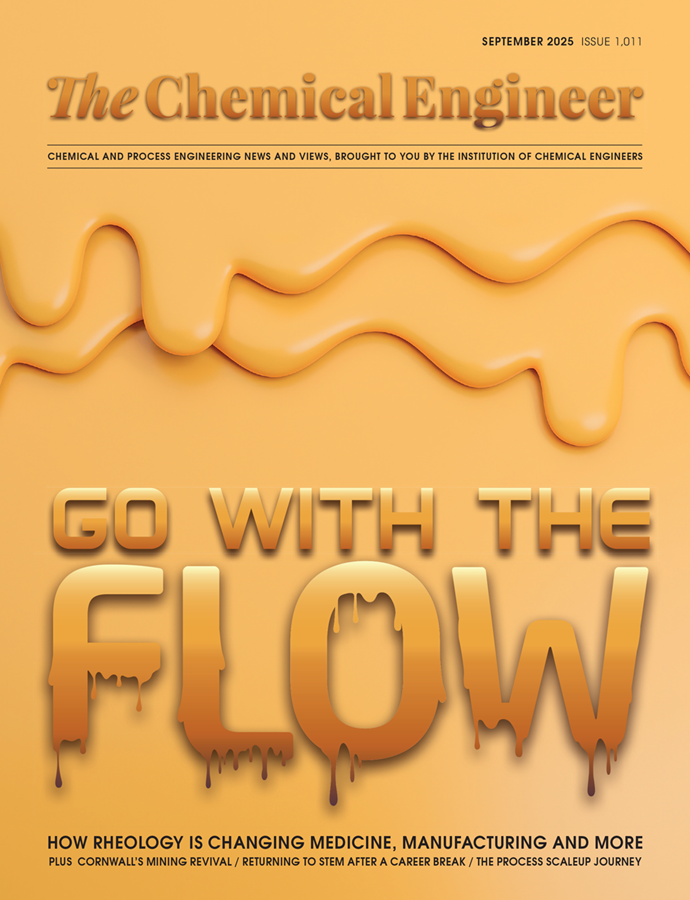The Engineering Mindset Part 8: Complex or Complicated? The Right Approach at the Right Time

Chris and Penny Hamlin move beyond the C-THRU research project to focus on how we as individuals can effectively lead and influence in complex environments, contrasting it with the approach to complicated systems
Quick read
- Leading in complexity requires a shift from control to connection: In complex systems – like culture change, innovation, or cross-functional collaboration – traditional command-and-control approaches fall short. Influence comes from trust, alignment and relationships rather than authority or detailed plans
- Engineers must create conditions, not just solutions: Rather than building systems to spec, engineers must learn to nurture emergence – inducing change through catalytic environments, inviting participation, and fostering shared purpose instead of executing fixed interventions
- Character and presence are as crucial as logic and precision: Emotional resonance, generosity and resilience amplify influence in uncertain systems. Leaders must radiate energy, prioritise connection over clinical perfection, and design for adaptability – not just efficiency
ENGINEERS are trained to solve problems with precision: diagnose, model, optimise, implement. These approaches work brilliantly in ordered or complicated systems – systems where cause and effect are predictable and repeatable. But what happens when we find ourselves in complex environments where the same input may yield different outcomes, where small changes ripple into disproportionate effects, and where control is an illusion?
In such spaces – whether organisational change, innovation processes, cross-functional teams, or global supply chains – the rules shift. Leadership by command, optimisation by data, and intervention by authority fall short. Instead, the ability to influence depends on trust, adaptability, connection and resonance.
So, how can we as engineers lead and influence effectively in complex systems? And how does this approach differ from the familiar ordered systems we often operate within? We explore three sets of attributes that can guide you to taking the most appropriate approach. Orientation relates to where you’re going, Stance focuses on your actions and Character on how you operate.
1. Orientation
The first set of attributes describe the baseline philosophy that guides our trajectory:
- Aspiration is about committing to movement, not a map
- Mechanism focuses on creating conditions where alignment emerges
- Limitation reframes power through influence; it’s the interdependence between parts that set boundaries and open up possibilities
Together, they describe the orientation of our intent.
1.1 Aspiration: direction, not destination
In complex environments, fixating on end goals can trap you. Focus on the path, not the pin
In traditional engineering environments – such as designing a new heat exchanger or optimising a refinery process – the end goal is crystal clear. You have performance specs, timelines, budgets. You define the destination first, then map out how to get there, often with impressive accuracy.
But complex systems defy that clarity. When you’re trying to transform team culture, enable cross-site collaboration or introduce a sustainability-first mindset across a value chain, the outcome isn’t clear-cut. You’re not navigating a road network – you’re navigating an ice flow, there’s no path until you set sail.
In these cases, what matters is directional intent. You might aim to increase cross-functional trust, spark innovation, or enhance system resilience. These are not endpoints but vectors – guides that help you make decisions, even when the terrain is shifting beneath your feet.
Instead of setting a fixed target, you monitor whether you’re still moving toward your intent and adjust course as needed. The direction gives purpose, while flexibility allows for learning and emergence.
To illustrate, think about how a control loop manages the level in a vessel – the controller output shifts as conditions change and the distance from the desired setpoint changes. You don’t try to lock onto a value that matches the inbound flow and hope; you respond dynamically to keep the system stable.
1.2 Mechanism: alignment, not intervention
In complex systems, direct intervention is rarely enough. You must align people to move together to bring about change
Engineers often operate in environments where interventions are specific, precise and effective. You spot a problem, identify the root cause, and act. If a heat exchanger fouls, you clean it. If a compressor surges, you adjust the control strategy. It’s a system of clear actions and expected reactions.
But try applying that same direct logic in a complex setting – such as shifting team dynamics or influencing stakeholder behaviour across global operations – and you’ll quickly hit resistance. You might even worsen the situation.
In complex contexts, where outcomes are emergent and people are part of the system, intervention can’t be imposed – it must be invited. The goal shifts from fixing to aligning. You bring people together to explore shared intent and co-create next steps.
This means spending more time listening, understanding motivations and building shared purpose. You may not get immediate results, but you’ll be laying the groundwork for systemic change.
For example, instead of mandating a new safety culture initiative, a team engages workers across departments to co-design what safety means in practice for them. This alignment creates ownership, which in turn drives lasting behavioural change.
1.3 Limitation: connectedness, not authority
Influence in complex systems is less about the organisational chart and more about your human network
In structured environments, titles and roles confer power. The plant manager decides. The safety officer enforces. The project lead signs off. When things are ordered, this model works efficiently – decisions flow down, actions flow up, outcomes are tracked. Power is naturally limited by the extent of your authority.
But in complex environments, formal authority doesn’t travel far. You might be leading a change across regions where you’re not the line manager or trying to influence a global partner on sustainability when you have no formal say in their process.
In such cases, your impact depends not on your rank, but on your relationships. How well are you connected to those around you? Do people trust you, seek your input, value your perspective?
Building influence here requires empathy, listening, curiosity, and the ability to connect across silos. It’s slower, but when it clicks, it’s far more powerful and has far greater reach.
As an example, imagine a process engineer without managerial authority notices a recurring downtime issue. Rather than escalate formally, they connect informally with operators, maintenance leads and planners. Through conversation and shared insight, a new maintenance protocol emerges – without ever needing to “pull rank”. Social media is another example of connectedness. Think about viral influence. The most followed voices aren’t always the CEOs, they’re the ones who consistently connect, resonate and share generously.
2. Stance
The second group of attributes moves from intention to action. They describe how we do things:
- Function is about catalysing possibility rather than delivering directives
- Action suggests growth through conditioning, not construction
- Method speaks to invitation and drawing people in rather than pushing them forward
Together, they shape our working stance and attitude.
2.1 Function: induce, not execute
You can’t control outcomes in complex systems – but you can influence their emergence
Engineers love execution. It’s satisfying to see plans come to life, to close the loop on a deliverable, to complete a shutdown with everything back online. In ordered systems, execution equals progress.
In complex systems, however, you don’t control the variables tightly enough to ensure that execution will deliver the intended effect. You might roll out a new team structure, but whether it leads to better collaboration is out of your hands.
Instead, your role is to induce the change. Like a catalyst in a chemical reaction, you introduce something into the system that enables or accelerates transformation – but without directly driving it yourself.
For example, rather than instructing a project team on how to innovate, you host a cross-functional hackathon, set an inspiring challenge, and create the space for creativity. The ideas that surface may not be what you expected – but they often surpass what you could have directed.
Your job isn’t to make things happen, but to make it easier for things to happen.
2.2 Action: nurture, not build
You can’t design the future; you create conditions in which it can grow
In classical engineering, you design and build systems to spec. You predict inputs, model outputs, and apply control to ensure consistency. That’s what engineers are trained for: constructing systems to behave as intended.
But complex systems don’t behave. They evolve. The pieces are adaptive (often human), the boundaries are fluid, and the outcomes are emergent. So, rather than building for control, you nurture for emergence. You create an environment where positive change is more likely to take root and flourish. This may mean cultivating trust, curiosity, safety or creativity – intangibles that yield tangible results over time.
Think of leading in complex systems like tending a garden. You don’t control how each plant grows, but by managing soil, water, light and pests, you create the conditions for thriving.
Similarly, when fostering innovation within a large engineering team, you won’t succeed by prescribing an innovation framework. But if you give people time, support, autonomy and access to customers, you nurture a climate where ideas emerge naturally.
2.3 Method: attract, not compel
In complexity, power flows to those who inspire, not those who command
Recent Editions
Catch up on the latest news, views and jobs from The Chemical Engineer. Below are the four latest issues. View a wider selection of the archive from within the Magazine section of this site.




